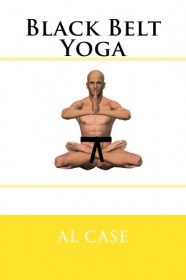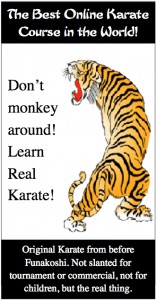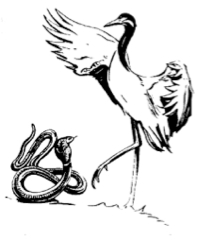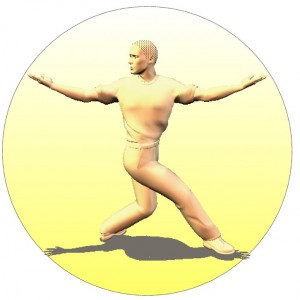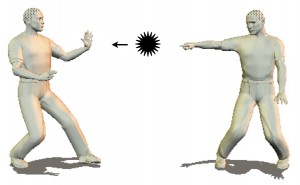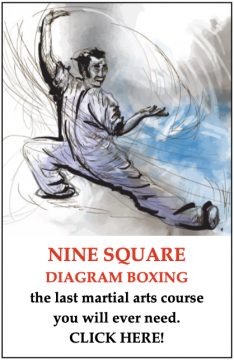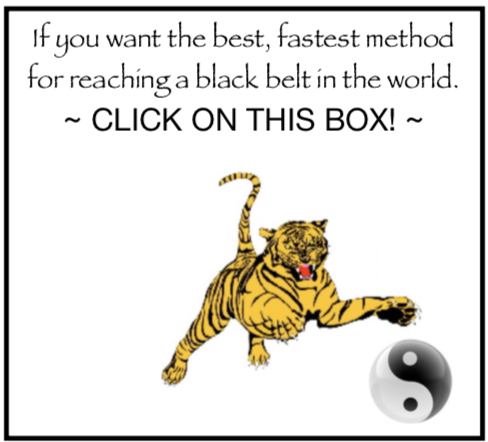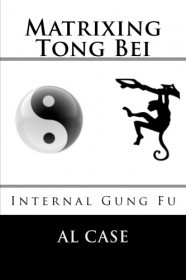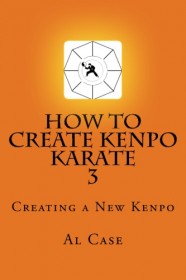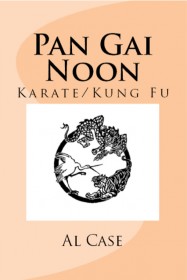An Absolutely GREAT Karate win!
I feel so-o-o good!
And it is all because of a work out.
Have you done your work out today?
You have?
Then do another one!
And feel double great!
I was going through my wins
came across this one.
I meant to print it a month ago,
but things happened,
and I lost it in the basket.
So here it is now,
an absolutely GREAT win!
I’ve trained on two continents officially hold 1 black belt, and unofficially am that level in 2 others. I am currently working through the purple belt level in your Kang Duk Won course. I have to say that the workout is as tough as anything I did in Hapkido. The KDW material is filling in all the holes I had in my training. It’s really amazing how much stuff the instructors leave out or don’t even know. About a year ago I was at the place where you started in developing matrixing. I was looking for ways to bridge all my training into a logical system apart from the individual styles. I am lucky I found your site. I saved myself about 40 years of headaches! Just keep up the good work. ~ Jason W.
Thanks
Jason W.
I truly appreciate your win.
And,
for everybody,
as Jason indicates,
after you get the basics of Matrixing down,
what do you do?
You look for places to fill out your training,
ways to put matrixing up against the classic.
Those old guys knew things,
they are not to be discounted.
And,
the Kang Duk Won was my first real art,
and understanding it through Matrixing
really makes it work.
It’s true that a lot of people
just can’t get to black belt.
There are too many holes,
too much incorrect data,
things out of place,
all sorts of things that are gone wrong.
But if you’ve done some Matrixing,
and especially Matrix Karate
and the Master Instructor course,
then taking a look at classical karate
is more than just crucial,
it is the next breath of martial arts
demanding to be taken.
Now you can study Kang Duk Won
through Temple Karate.
It’s got several of the forms.
And you can find it in Evolution of an Art.
And I believe the book I wrote on KDW
might be available on those courses.
but you should check out the courses first.
BUT,
the absolutely BEST way
to study Kang Duk Won
is through the mail order course,
which is at:
http://kangdukwon.com
I included all the old drills,
all the theory and concepts,
absolutely everything I could remember
concerning the Kang Duk Won.
It’s inexpensive, too.
If you’re not interested in matrixing,
it is still an amazing poke in the eye.
But if you have some matrixing under your belt,
then you have the tools to REALLY understand
what those old guys were saying
when they taught this incredible art.
It is,
BTW,
one of the purest,
if not the purest,
example of True Karate in existence.
Anyway,
check it out.
http://kangdukwon.com
HAPPY WORK OUT!
Al
go to and subscribe to this newsletter:
https://alcase.wordpress.com
Remember,
Google doesn’t like newsletters,
so this is the best way to ensure you get them.
http://monstermartialarts.com/martial-arts/matrix-karate/
http://www.amazon.com/Matrixing-Tong-Bei-Internal-Gung/dp/1507869290/ref=sr_1_1?ie=UTF8&qid=1423678613&sr=8-1&keywords=tong+bei
